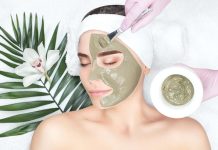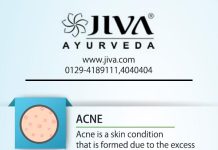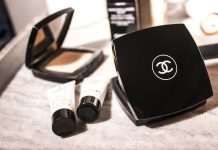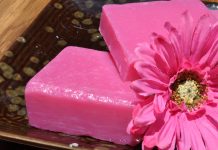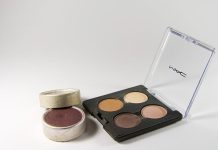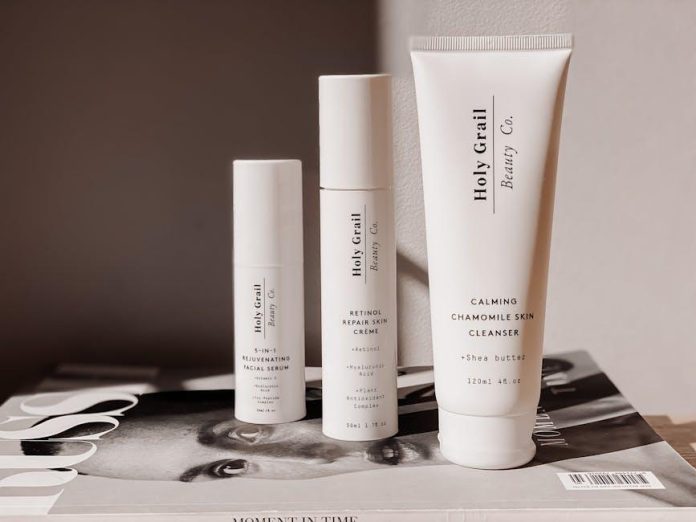In the ever-evolving world of skincare, retinol has earned its reputation as a transformative ingredient, praised for its ability to rejuvenate, brighten, and refine the skin. Yet, despite its celebrated status, incorporating retinol into your daily regimen can feel like navigating a labyrinth of do’s and don’ts. How can one harness the potent benefits of this powerhouse without falling prey to irritation and sensitivity? Fear not, for this guide is here to demystify the process, offering a step-by-step approach to safely weaving retinol into your skincare tapestry. Whether you’re a seasoned beauty enthusiast or a curious newcomer, read on to unlock the secrets of achieving a radiant, youthful complexion with confidence and ease.
Understanding Retinol: Benefits and Potential Side Effects
Retinol, a derivative of Vitamin A, has gained immense popularity in the skincare world for its anti-aging and skin-renewing properties. This potent ingredient works by stimulating collagen production and accelerating cell turnover, which can lead to smoother, more youthful-looking skin. Additionally, retinol can help reduce the appearance of fine lines, wrinkles, and hyperpigmentation, making it a versatile addition to any skincare regimen.
However, it’s essential to be aware of the potential side effects when incorporating retinol into your routine. Some common issues include:
- Irritation and Redness: Your skin might initially react with irritation or redness, especially if you have sensitive skin.
- Dryness and Peeling: Increased cell turnover can lead to dryness and flakiness.
- Sun Sensitivity: Retinol can make your skin more sensitive to UV rays, necessitating the use of a broad-spectrum sunscreen.
To minimize these side effects, start with a lower concentration and gradually increase it as your skin builds tolerance. Pairing retinol with a good moisturizer can also help mitigate dryness and irritation.
Choosing the Right Retinol Product for Your Skin Type
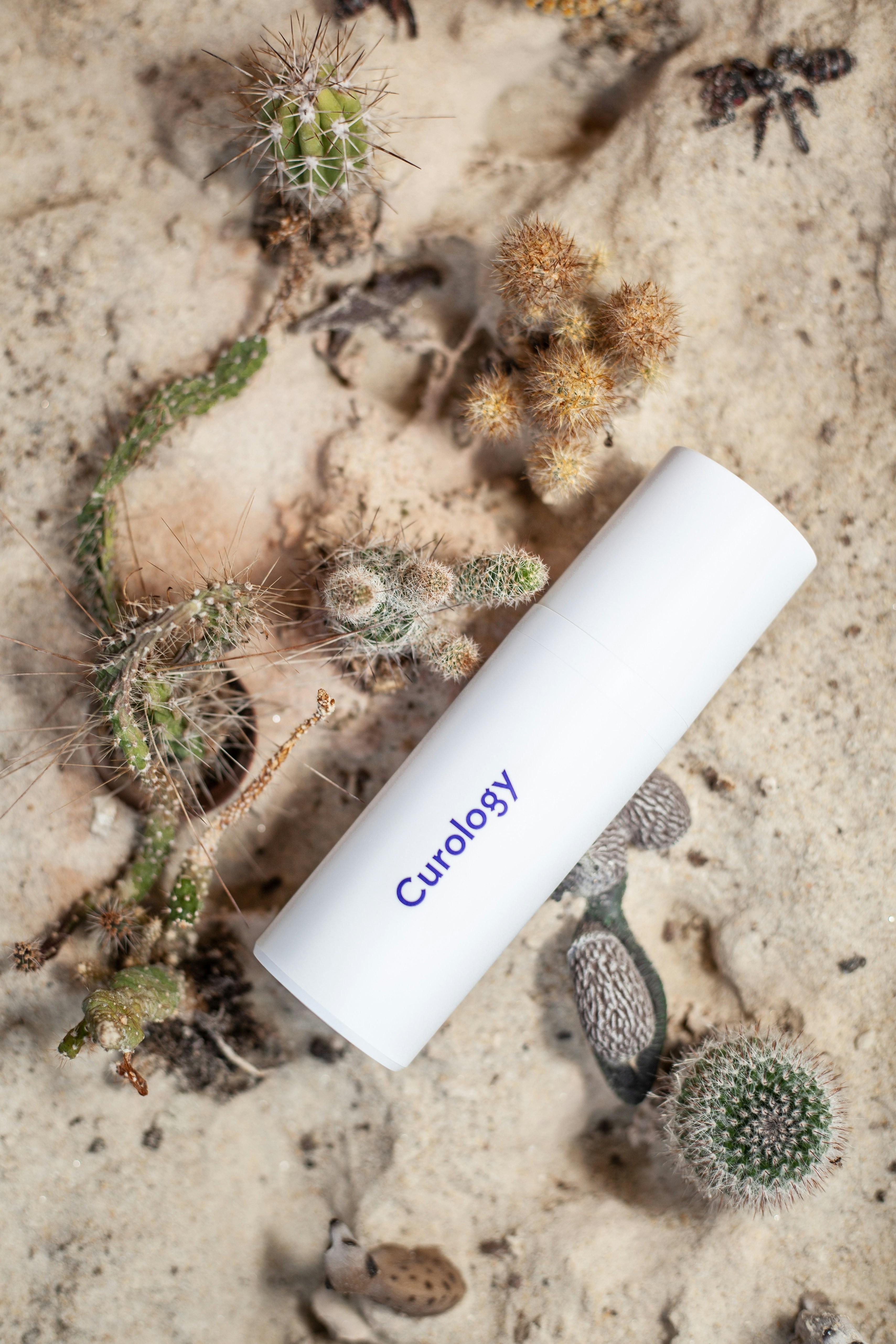
Understanding your skin type is essential when selecting a retinol product. Dry and sensitive skin types may benefit from lower concentration formulas, such as 0.25% to 0.5% retinol, which minimize the risk of irritation. Oily and acne-prone skin might tolerate higher concentrations, like 1%, but it’s crucial to start with a lower dose and gradually increase as your skin builds tolerance.
- For Dry Skin: Look for products that combine retinol with hydrating ingredients like hyaluronic acid or glycerin.
- For Sensitive Skin: Opt for retinol alternatives like bakuchiol or products specifically labeled for sensitive skin.
- For Oily Skin: Choose lightweight, non-comedogenic formulas to avoid clogging pores.
- For Combination Skin: A balanced formulation that includes soothing ingredients like niacinamide can help manage different areas of your face effectively.
Step-by-Step Guide to Introducing Retinol into Your Routine
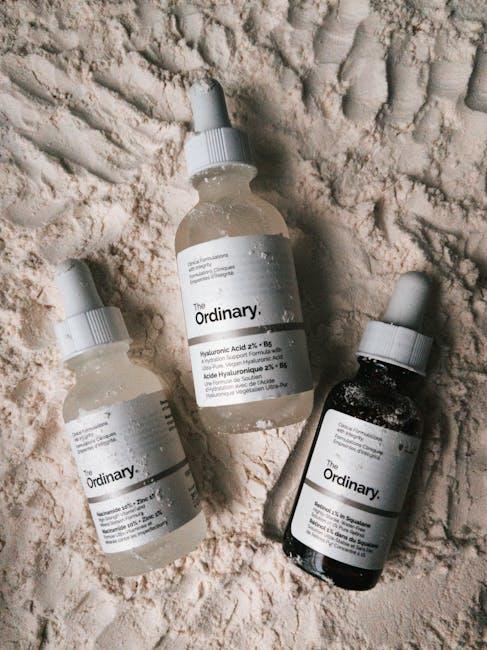
Starting your journey with retinol requires a careful and thoughtful approach to ensure your skin adjusts smoothly. Begin by selecting a product with a low concentration of retinol (around 0.25% to 0.3%) to minimize irritation. Apply a pea-sized amount to clean, dry skin, avoiding the delicate eye area. Start slowly, incorporating it into your routine once or twice a week, and gradually increase the frequency as your skin builds tolerance.
Incorporate the following tips to maximize the benefits and reduce potential side effects:
- Hydrate: Use a gentle moisturizer to combat dryness and flakiness.
- Sunscreen: Retinol can increase skin sensitivity to the sun, so always apply a broad-spectrum SPF during the day.
- Patience: It may take several weeks to see visible results, so be consistent and patient.
Complementing Retinol with Other Skincare Ingredients

Pairing retinol with other skincare ingredients can enhance its efficacy and minimize potential irritation. Here are some ideal combinations to consider:
- Hyaluronic Acid: This hydrating powerhouse can counteract the dryness that retinol might cause, ensuring your skin remains plump and moisturized.
- Niacinamide: Known for its soothing properties, niacinamide can reduce inflammation and redness, making it a perfect companion to retinol.
- Peptides: These amino acids can help in repairing and strengthening the skin barrier, which is essential when using potent ingredients like retinol.
- Antioxidants: Ingredients such as Vitamin C and E can provide additional protection against environmental stressors, enhancing the anti-aging benefits of retinol.
Remember to always apply sunscreen during the day, as retinol can increase your skin’s sensitivity to the sun. Integrating these complementary ingredients can help you achieve a balanced and effective skincare routine.

